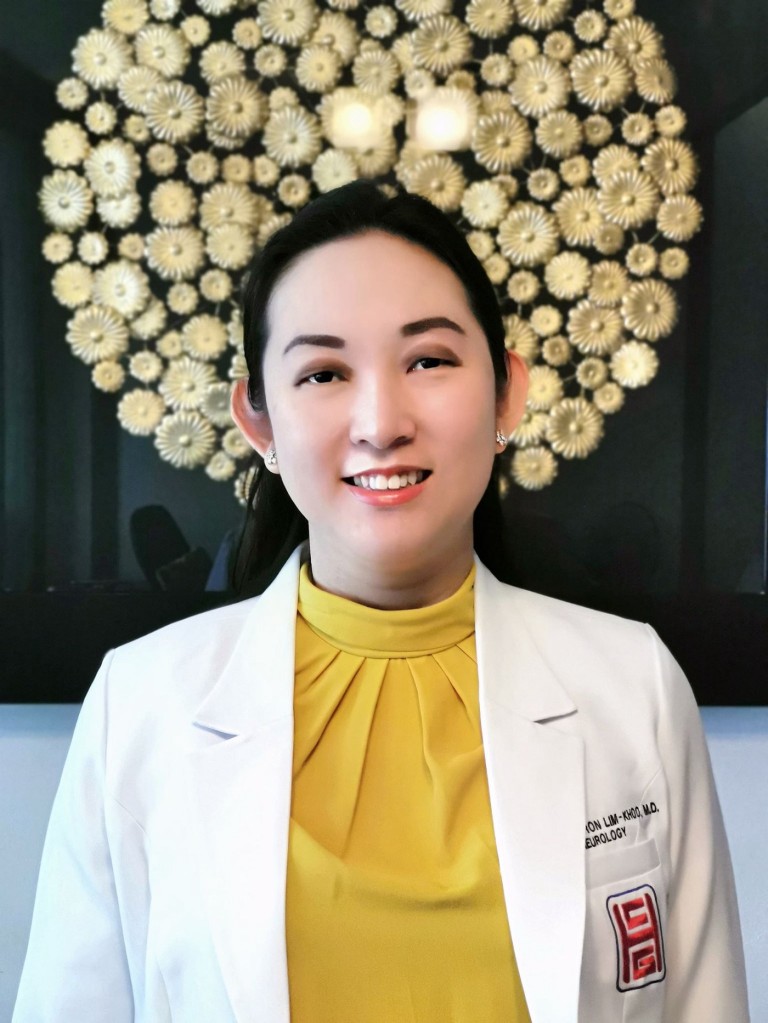
Based on a study conducted by John Hopkins Medicine; Brain Aneurysm is when a section of one of the brain’s blood vessels bulges or balloons, it’s called an aneurysm. The size and shape of an aneurysm can vary. Doctors consider these and other factors when determining whether — and how — to treat you. Doctors consider key aneurysm characteristics when deciding how much of a threat an aneurysm poses to your health.
A ruptured aneurysm, sometimes called a brain bleed, is when blood breaks through the aneurysm’s wall and starts bleeding. This causes severe symptoms, such as a very painful headache like you’ve never felt before, and requires immediate medical care. With rapid, expert treatment, patients can often recover fully.
An unruptured brain aneurysm may cause no symptoms. People can live with them for years before detection. If a brain aneurysm is unruptured, no blood has broken through the blood vessel walls.
Brain aneurysms are relatively rare. One research paper that analyzed 68 studies on aneurysms from 21 countries found the prevalence to be about 3 percent. That means around 3 out of every 100 people in the general population have a brain aneurysm.








